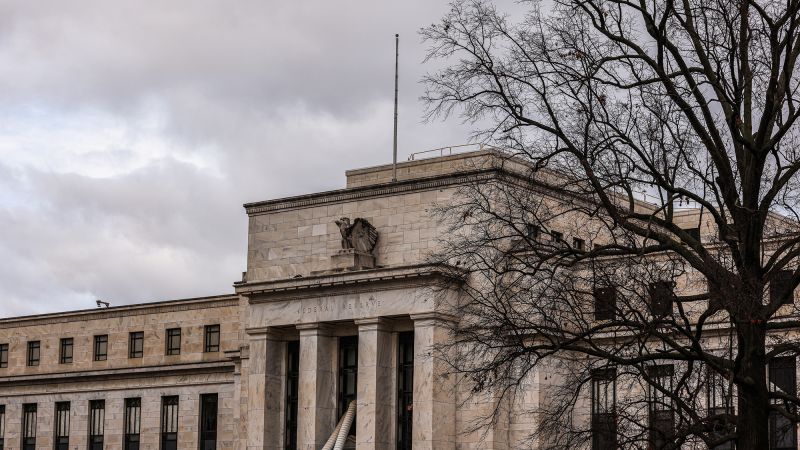Federal Reserve officials expressed concerns during their March meeting that inflation may continue to slow this year, while some worried about the possibility of inflation remaining stubbornly high. The Fed has been keeping its key interest rate steady at a two-decade high, as they wait for more evidence that inflation is trending towards their 2% target. Despite some progress made in the past year, recent inflation increases have been relatively broad-based.
However, the latest Consumer Price Index report suggests that reaching the 2% inflation goal will not be easy. Consumer prices rose 3.5% in March from a year earlier, surpassing expectations. Surging gas prices and high mortgages and rent were major contributors to the higher-than-expected inflation readings. This led to a decline in stock prices and an increase in bond yields, affecting the likelihood of a rate cut.
Some analysts believe that the chances of a rate cut in June have decreased, given the recent inflation data. Fed officials are still hopeful that inflation will eventually return to 2% in the medium term, with economists expecting slowing rent growth to impact inflation. However, factors such as insurance costs and sustained demand strength have been keeping inflation elevated, limiting the Fed’s ability to ease policy.
Last year, inflation slowed due to supply-side conditions, such as a larger workforce and more efficient supply chains. It remains to be seen whether these conditions will continue to lower inflation this year, or if weakening consumer demand and potential rises in unemployment will have more of an impact. The timing of the first rate cut is critical for the Fed, as cutting rates too soon or too late could have significant economic consequences.
Federal Reserve Chair Jerome Powell has acknowledged that the road to 2% inflation will likely be turbulent. While some policymakers believe the recent inflation increases are due to seasonal factors, others see them as broad-based and not mere statistical aberrations. The Fed is closely monitoring economic data to determine the ideal timing for a rate cut, considering the potential impact on inflation and the overall economy.


